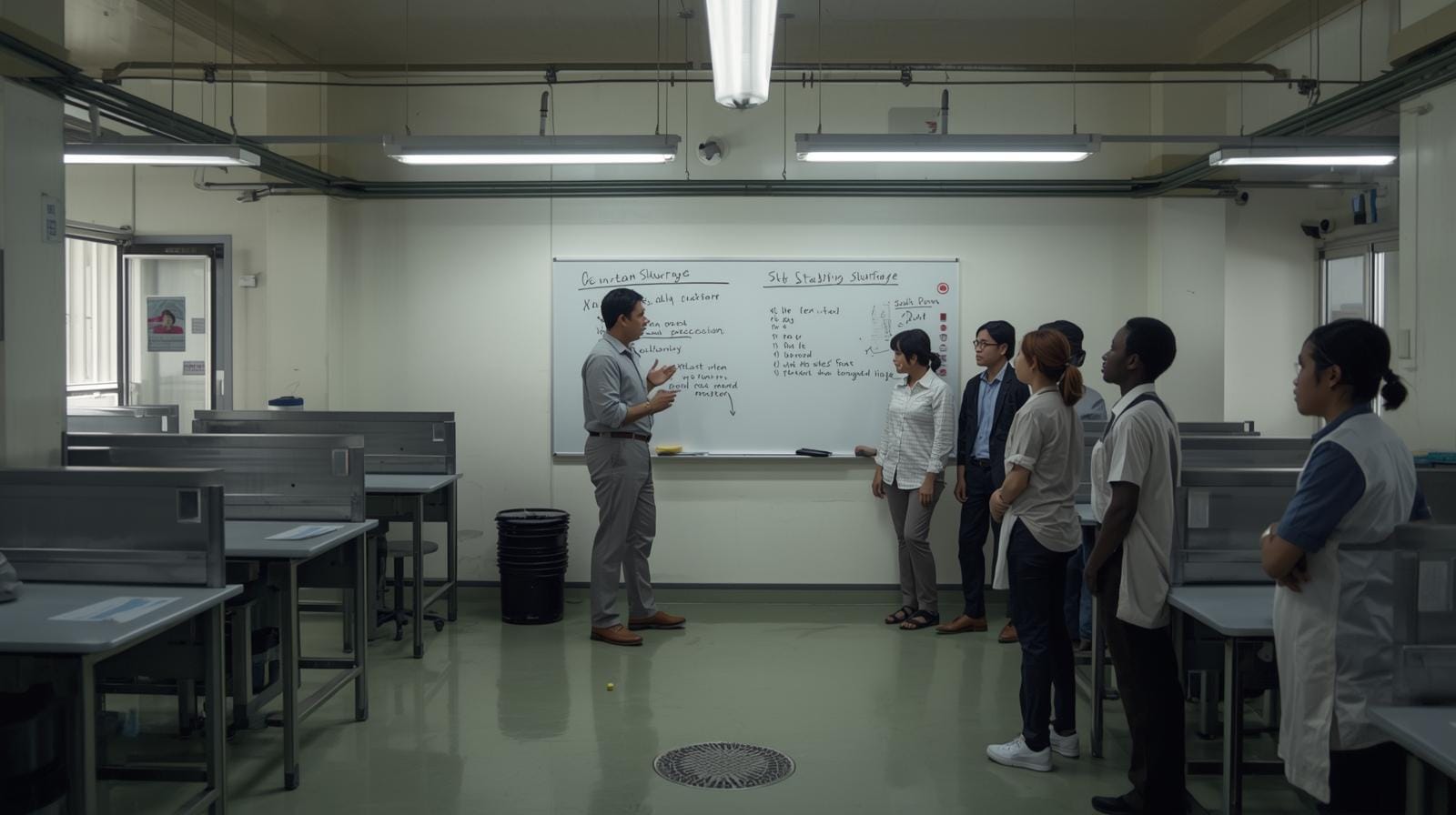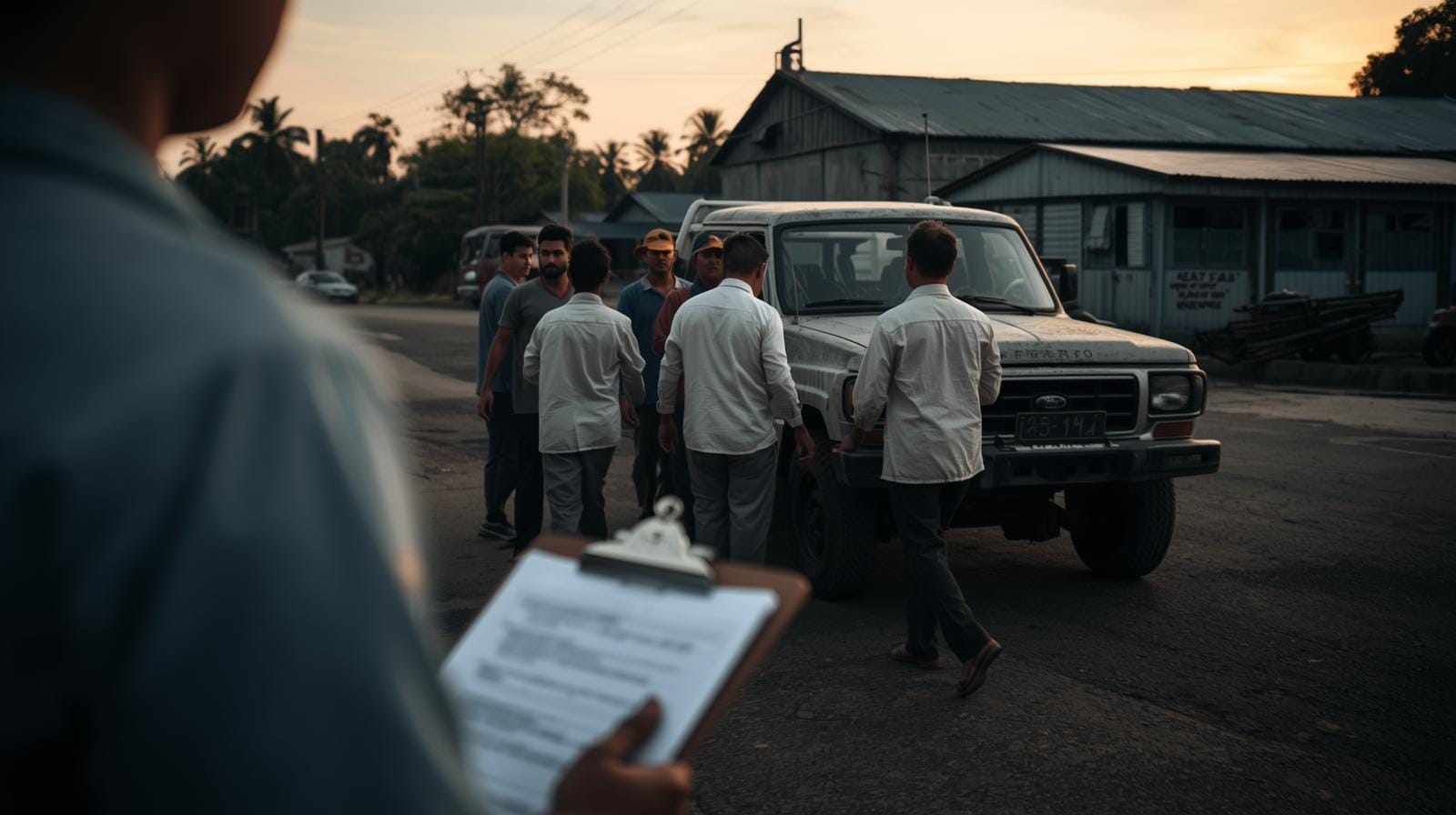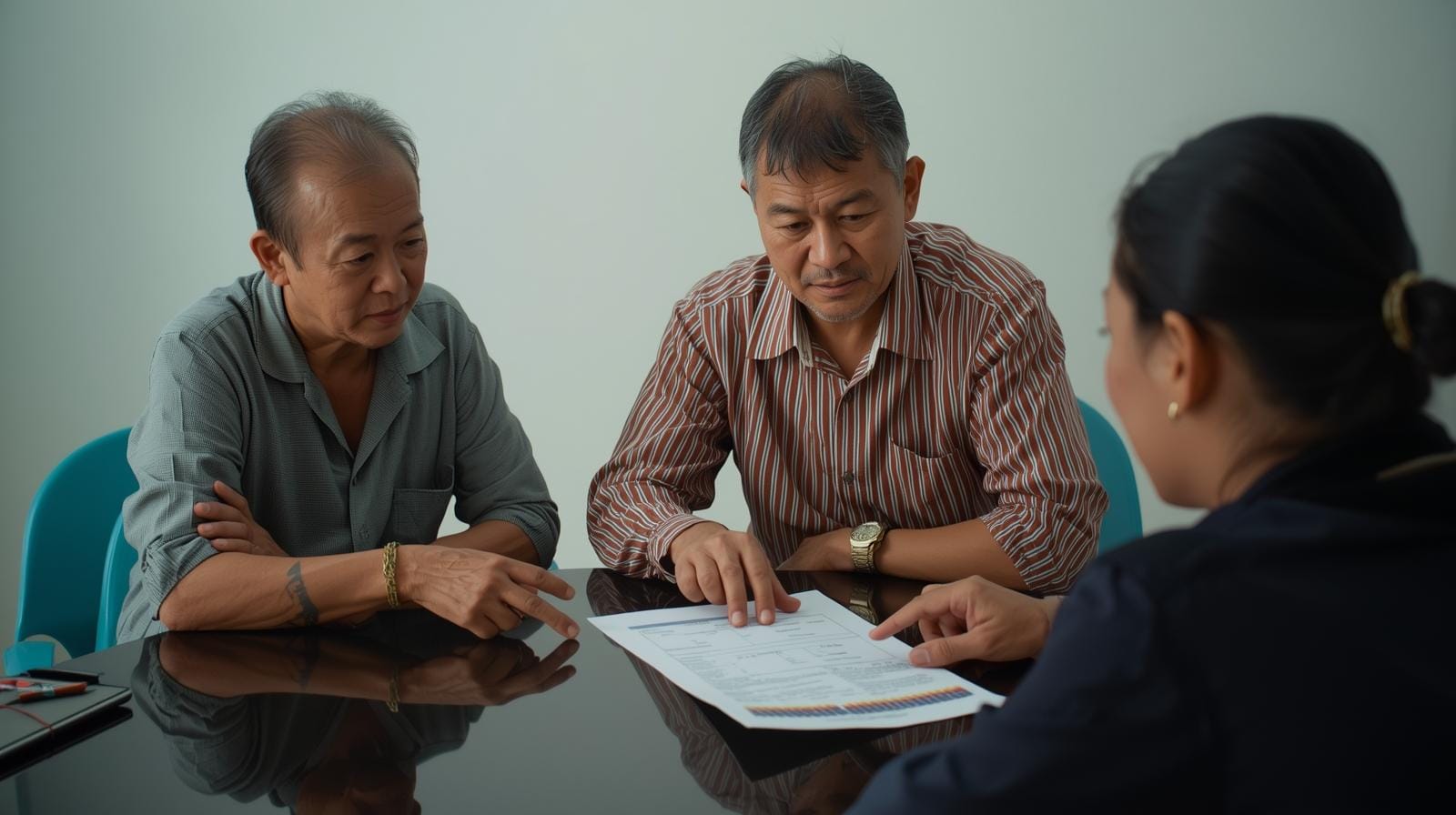From Frozen Camps to One-Year Contracts
For nearly four decades, Thailand’s nine border camps have been designed to host, not integrate. Around 100,000+ Myanmar refugees have lived in legal limbo — unable to go home safely, unable to work legally, and increasingly squeezed by declining donor funds.
That logic is now cracking. In August 2025, the cabinet approved a framework allowing registered Myanmar refugees in the camps to obtain one-year work permits, tied to specific employers and provinces. The official narrative is straightforward: Thailand faces labour gaps in agriculture, manufacturing and low-paid service roles; long-stay refugees want dignity and income; aligning both is “win-win.”
| Item | Detail (official framework) |
|---|---|
| Total refugees in 9 camps | ~108,000 people |
| Covered by new scheme | ≈80,000 registered refugees |
| Estimated working-age cohort | ~42,600 eligible for jobs |
| Permit duration | 1 year, renewable |
| Geographic scope | Up to 43 provinces across Thailand |
| Initial permit cost | 100 THB application; permit fee waived in year one |
| Renewal cost | ~900 THB/year + 100 THB application fee |
| Allowed sectors | All sectors open to foreigners (27 “Thai-only” occupations excluded) |

The uncomfortable truth is that this “opportunity” is being rolled out after aid cuts forced a rethink, not because Thailand suddenly decided on a rights-based integration model. When food rations shrink and donors step back, turning refugees into a formal, taxed labour pool starts to look less like generosity and more like fiscal necessity.

Labour Shortages, Refugee Supply, and the New Maths
Behind the headlines about “refugee opportunity” sits a blunt macro story: Thailand’s labour market is ageing, structurally short of low-wage workers, and heavily dependent on migrants. Before the Cambodia border conflict, about 520,000 Cambodians worked in Thailand; roughly 400,000 have since left, tearing a hole in sectors like construction, seafood and agriculture.
At the same time, Thailand already hosts over 3 million registered migrant workers, mainly from Myanmar, Laos and Cambodia, and is now moving to legalise a further 500,000–700,000 undocumented workers from four neighbouring countries. The refugee scheme plugs directly into this existing migration machine — but with more political symbolism and more scrutiny.

Eligible workers from Myanmar
Newly recognised working-age refugees able to enter the formal Thai labour market
Estimated working-age Myanmar refugees now eligible to apply for Thai work permits directly from border camps.
Source: Thai government and UNHCR estimates, August–October 2025.
Interpretation: At the macro scale, 42k workers barely register in national GDP. But at the provincial level — especially in border economies and labour-intensive manufacturing belts — this cohort shifts the equation. For factories running near capacity, farms relying on predictable seasonal labour, and SMEs squeezed by wage pressure, these workers can determine whether operations expand, stall, or quietly wind down.

Refugees vs Labour Gaps: Where They Actually Fit
| Sector / Region | Current Pressure | Plausible Role for Refugees |
|---|---|---|
| Agri & food processing (central / eastern) | Acute shortage after Cambodian exodus; seasonal peaks hard to cover. | Line workers, packing, planting & harvesting roles under standard migrant regimes. |
| Light manufacturing & logistics | Demand for low-skill labour; rising wage pressure; some factory closures. | Shift-based warehouse roles, assembly, support tasks with employer-led training. |
| Services near border & tourist hubs | Volatile demand; constant churn of informal workers. | Housekeeping, back-of-house hotel roles, cleaning, maintenance; lower language friction. |
| High-skill urban roles | Shortages exist, but skills and language gaps are wide. | Minimal short-term fit; limited to niche cases with strong education and Thai/English skills. |


Rights on Paper vs Reality on the Ground
On paper, refugees who secure a permit are promised standard protections under Thai labour law — including access to social security and provident funds, at least in theory.
But three friction points loom:
- Information and language: Many camp residents speak limited Thai, have never held formal jobs, and may not fully understand complex contracts or grievance channels.
- Power asymmetry with employers: When your legal status, income and physical movement are tied to one employer, bargaining power is thin — especially in remote provinces.
- Enforcement capacity: Thailand already struggles to police abuses in existing migrant-worker schemes, from wage theft to unsafe housing. Adding a new, highly politicised cohort will test inspection capacity further.

High dependency, low leverage
Refugee workers’ status tied to a single employer’s goodwill, compliance and continuity
Refugees’ ability to stay out of camps, keep their income and maintain legal status may hinge on a single employer’s goodwill and compliance. If that link fails — through non-renewal, non-payment, or administrative lapses — the worker’s legal and economic position can deteriorate rapidly.
Incentives are misaligned: employers seek lower costs and flexibility; refugees seek survival and a predictable pathway; regulators juggle political signalling, enforcement limits and international commitments. The system functions, but the risk is concentrated at the individual worker level.
Interpretation: This is a classic “bounded inclusion” model: work rights are granted, but tightly ring-fenced by geography, employer control and renewal risk. Refugees are inside the labour market, yet with limited bargaining power and high exposure to any breakdown in the employer relationship. From a risk perspective, the structure prioritises administrative control over long-term resilience at the worker level.
The real risk here is normalising a permanent underclass: people technically “legal” but structurally trapped in low-wage work, without a credible path to long-term residency, citizenship or full social protection. Once cemented, these tiers are politically convenient and economically addictive — and very hard to unwind.

Case study: “Min” and “Thiri” have lived in a Thai camp for over 20 years. Their children were born there. When job fairs came to their camp in October, they registered for factory roles in a food-processing plant in a central province — basic Thai language, no prior formal employment.
Their headline numbers look positive:
- Wages slightly above the legal minimum
- Dormitory housing included
- Access to the Thai social security system after registration
But the fine print matters: contracts are in Thai; termination clauses are broad; and if they lose their jobs, they risk losing the right to stay outside the camp. For Min and Thiri, the calculation is simple — “some risk with wages” beats “certain decline with shrinking rations.” For an investor or employer, the calculus should be more explicit: how do we ensure this is a genuine step up, not a reputational time bomb?

| Stakeholder | Short-term upside | Short-term downside / unknown |
|---|---|---|
| Refugees (working age) | Legal income, mobility beyond camps, formal work history. | Employer dependency, limited bargaining power, uncertainty after 1 year. |
| Thai employers | Access to semi-captive labour pool in shortage sectors; reputational upside if managed well. | Compliance costs, audit risk, need for training, potential backlash if abuses surface. |
| Thai state | Lower aid burden, taxable activity, political credit for “solution.” | Liability if rights are ignored; precedent for further integration decisions. |
| Donors & NGOs | Pathway to livelihoods; argument for reduced long-term aid. | Less leverage if aid budgets fall faster than protection mechanisms ramp up. |

Where most analyses go wrong is in treating this as a soft humanitarian story or a marginal tweak to migrant policy. It is neither. It is labour-market engineering under demographic stress: Thailand is scrambling to reconcile an ageing workforce, volatile manufacturing, and donor fatigue — and refugees are being moved from the “fixed cost” column into the “flexible labour” line item. The question every serious reader should ask is simple: if this is how the state handles one of its most vulnerable populations, what does that imply for long-term social risk pricing across the whole economy?
– Jonathan Reid –
How This Rewires Thailand’s Social Contract (and What You Should Do With It)

Three medium-term questions should anchor how expats, investors and entrepreneurs interpret this shift:
- Does this become permanent?
– If permits quietly roll over each year, refugees become a de facto long-term labour tier without a clear path to deeper status. - Does the model extend to other groups?
– Thailand is already moving to regularise large numbers of undocumented workers; refugee work permits may normalise “experimental” labour tiers that later expand. - How does this interact with other reforms?
– From foreign-business rule easing to data-centre and AI pushes, Thailand is layering higher-value bets on top of a still-fragile low-wage base.












